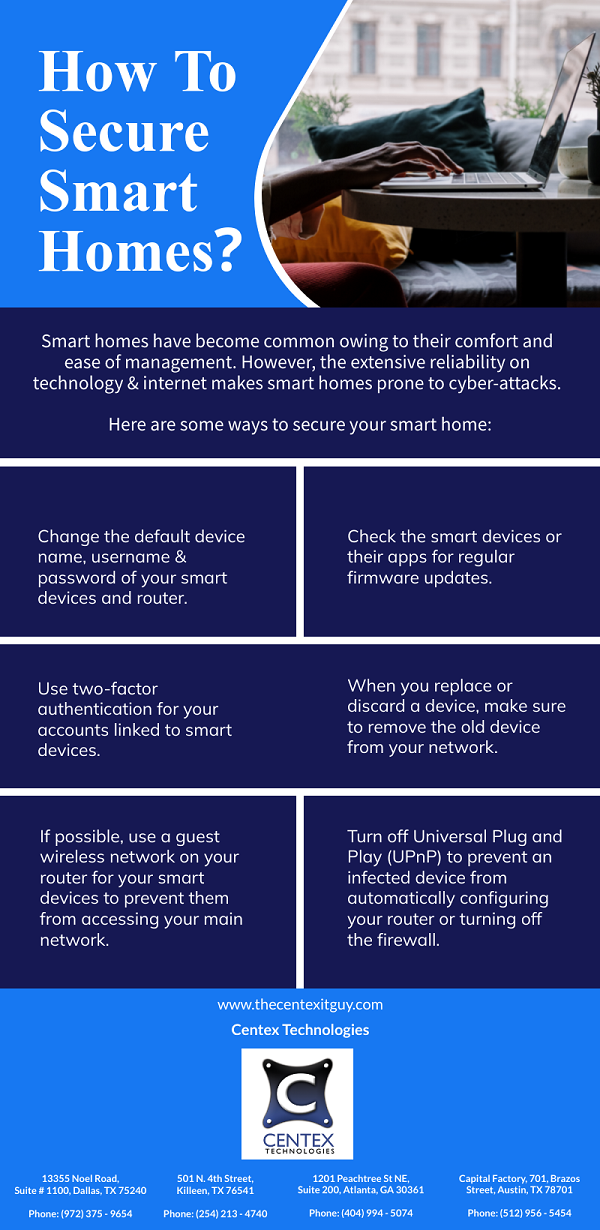A software patch or update is a program that a developer provides to either add functionality to the application or to correct any malfunctions, or potentially exploitable vulnerabilities discovered in the application. However, software updates are only effective if platform users participate in the upgrades. Users may still be at risk from potentially exploitable vulnerabilities if they have not upgraded their systems.
Why do people often either forget or ignore updating software?
The majority of people avoid updating their software for a variety of reasons, the most common being believing that their system does not require it since it is functioning well. Such users simply disregard update alerts or postpone them. However, by doing so, users fail to realize that they are significantly increasing the security risks for their devices. Users run a larger risk of experiencing a breach or attack the longer they wait to upgrade a system, app, software, platform, or device. Professionals have advised that software upgrades are important to protect the users’ devices from cyberattacks. Hence, users must update and upgrade when possible.
Why software updates are important?
- To avoid ransomware attacks and system compromises – Cybersecurity experts advise keeping all the endpoint devices always updated. An outdated application or a program on any device might be a lucrative way for a cybercriminal to access a user’s work files, emails, contacts, and sensitive financial information. This information can wind up being sold on the dark web, making it possible for other fraudsters to target the user in the future. Additionally, users can experience a ransomware attack that locks or encrypts all the data and demands money in return for decrypting the data. In many circumstances, users might never be able to retrieve their data from this catastrophe.
- To ensure the critical data, systems, and networks are secure – Attackers can target a system’s vulnerability to get access to other devices on a network. This usually occurs if a user uses the same login information across several other platforms. Malware is known to spread swiftly to other computers on the network once it has entered a device in the network. This makes it possible for a single unpatched device or a negligent user to destroy a whole network of systems.
- To install the latest version of the software – Software developers anticipate exploiting resolution mechanisms as they must always be on the lookout for vulnerabilities. When updates fail to get installed, there is an imminent danger that malware might infiltrate the system and steal data or take control of the system. Files might be encrypted, and the attacker could demand payment to decode the information. Although there are several reasons for software updates, the most important one is to patch existing security loopholes.
- To install add-ons and plugins that are compatible with the latest build of software – Software upgrades often install new functionality in the existing installed version while facilitating fixing the errors existing in the current version of the same software. Users fail to utilize these advancements when they decide not to install the most recent updates. Also, the productivity of the user might get impacted by using old software versions that might not support other applications that provide new functionalities.
Along with a host of other advantages, updating all of the deployed hardware, software, and other systems also guarantees that the security posture is working as expected. Updates can fix security flaws, get rid of glitches, and take away obsolete functionality. Software updates greatly reduce the chances of a cybercriminal infiltrating the network and stealing the data. Additionally, users are advised to update the software solutions to ensure the associated hardware is operating as effectively as possible.
Contact Centex Technologies to know how to safeguard your business’s computer network. You may reach Centex Technologies at Killeen (254) 213 – 4740, Dallas (972) 375 – 9654, Atlanta (404) 994 – 5074, and Austin (512) 956 – 5454.


